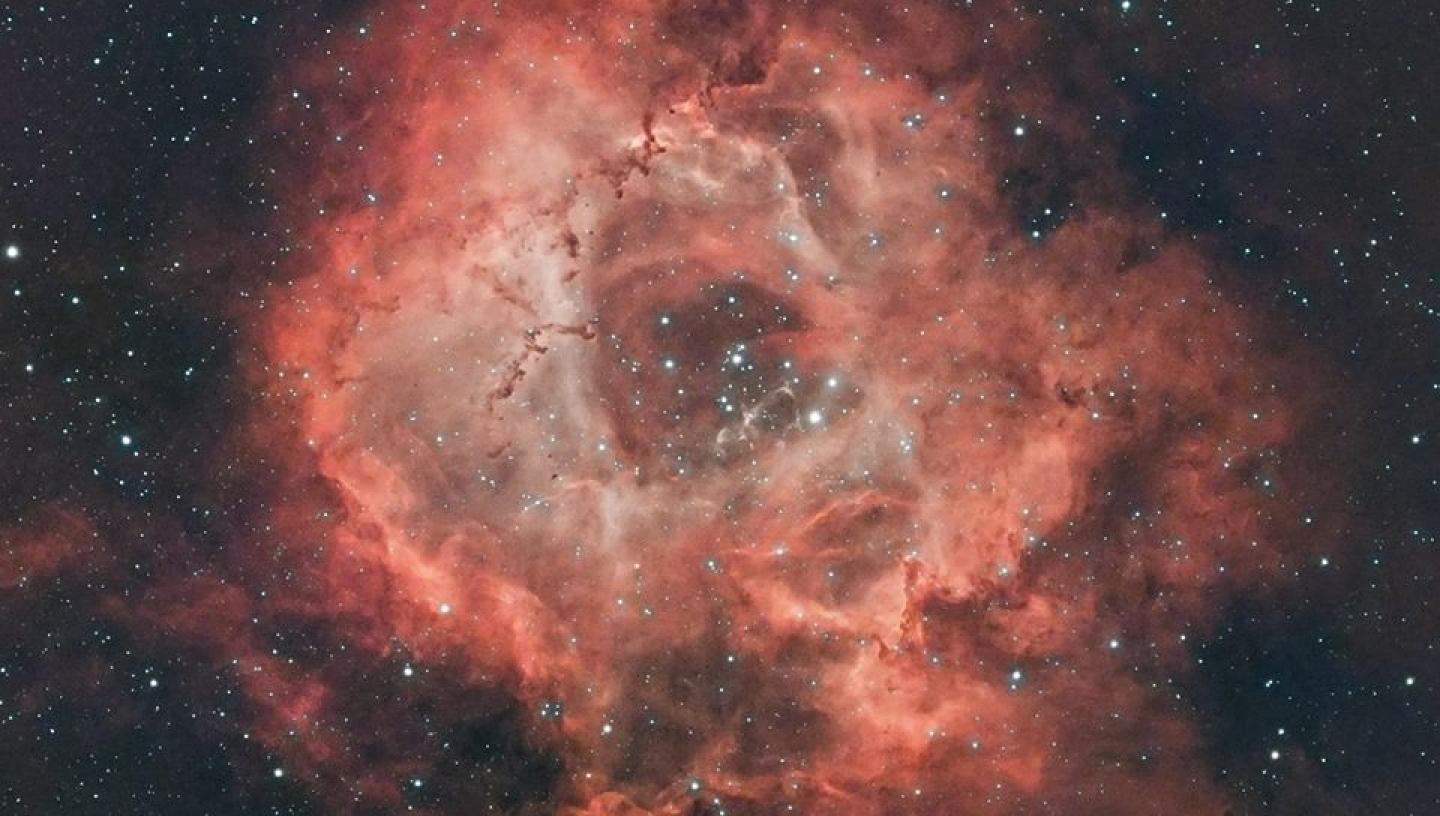
Discover what to see in the sky during January 2020, including the Quadrantids meteor shower.
By Dhara Patel, Astronomy Education Officer
(Details given are for London and may vary for other parts of the UK).
Top 3 things to see in the night sky in January:
- 3/4 January: Spot a few meteors at the peak of the Quadrantid meteor shower.
- 20 January: Before sunrise, look for Mars and Antares beside the Moon.
- 27 January: Use an optical aid to find Neptune alonside Venus.
Look Up! Podcast
Subscribe and listen to the Royal Observatory Greenwich's podcast - Look Up! As well as taking you through what to see in the night sky each month, Royal Observatory Greenwich astronomers pick their favourite news stories to talk about. For January, they're chatting about the nitrogen bubbling from the hydrocarbon lakes on Titan and also a heavyweight blackhole with a mass of 40 billion times the mass of our sun! Have a listen below, then vote for your favourite news story on our Twitter poll (@ROGAstronomers) during the first week of the month.
Our podcast is available on iTunes here
Astronomy in January 2020: key events and what to see
3/4 January: The Quadrantids
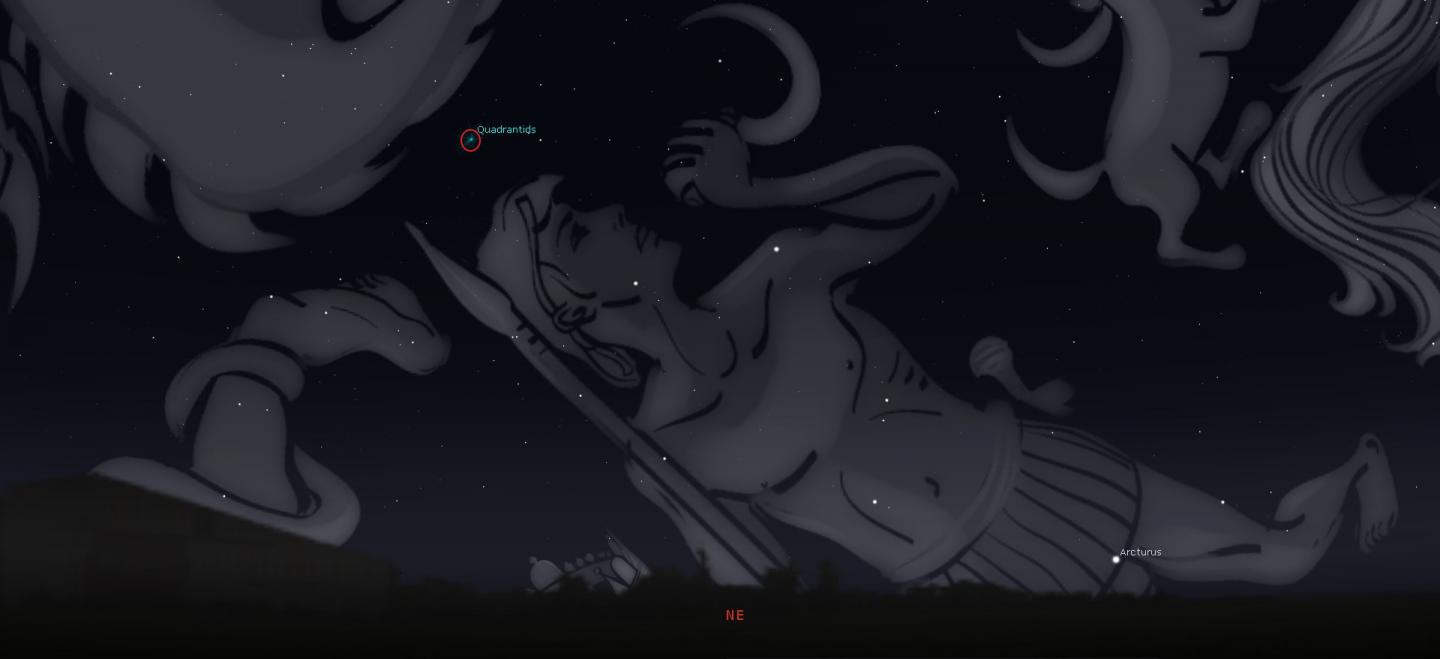
The Quadrantid meteor shower is the first major annual meteor shower of the year with up to 120 meteors per hour at the peak. Although the Quadrantids become active in late December, they peak on the night of 3 and 4 of January but are all but gone but the 12th.
The best time to spot some meteors is after 1am as the Moon will have set below the horizon and at this time the radiant will be above the north eastern horizon. The Quadrantids is one of the only showers to be associated with the debris of an asteroid rather than a comet. The parent body is asteroid 2003 EH1 which takes 5.5 years to orbit our sun. This shower is also slightly odd as it's not named after a modern day constellation like many others. It owes its name to the now-defunct constellation of Quadrans Muralis which was left off the list of constellations accepted by the International Astronomical Union in 1922.
Throughout the month: Constellations of Orion and Taurus
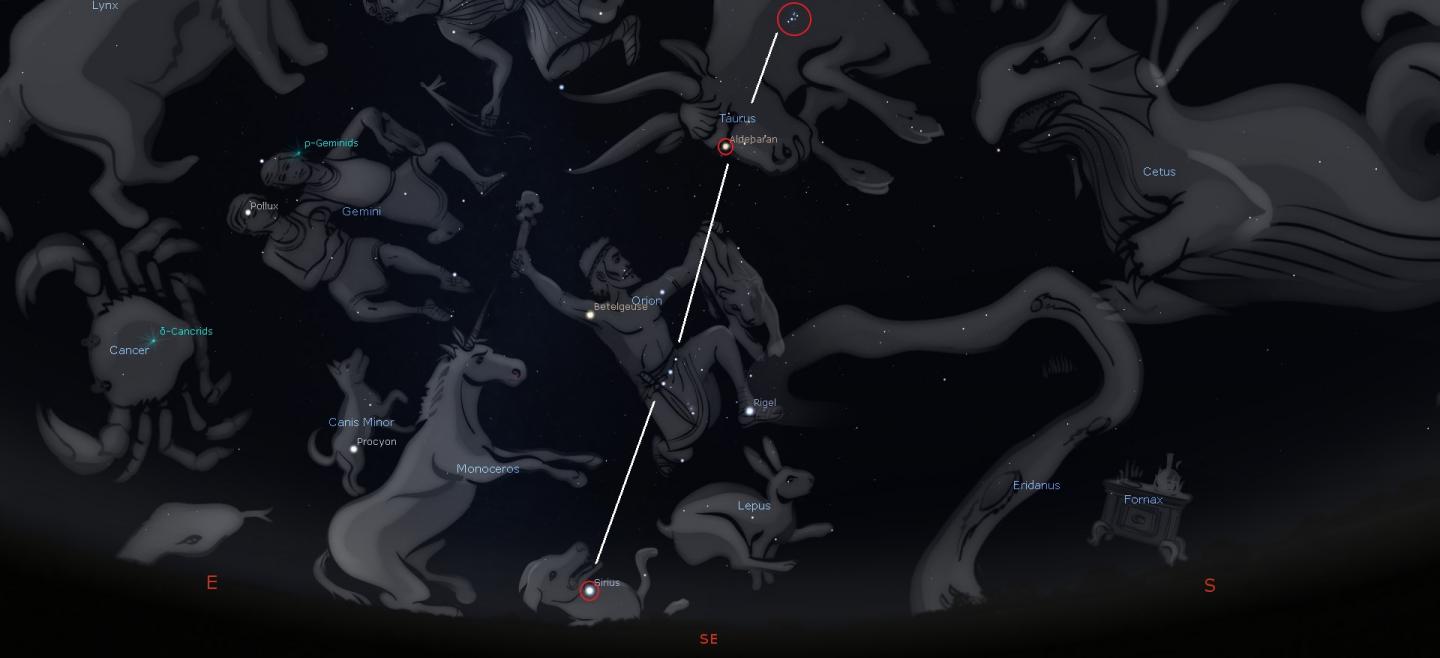
As we continue through the winter months the constellations of Orion and Taurus will dominate the southern sky. Use the trio of stars in Orion’s belt as pointers to the red giant star Aldebaran and the Pleiades (an open cluster if stars) located higher in the sky. The belt also points to Sirius – the brightest star in the night sky which will be closer to the horizon.
7 January: Aldebaran and the Moon
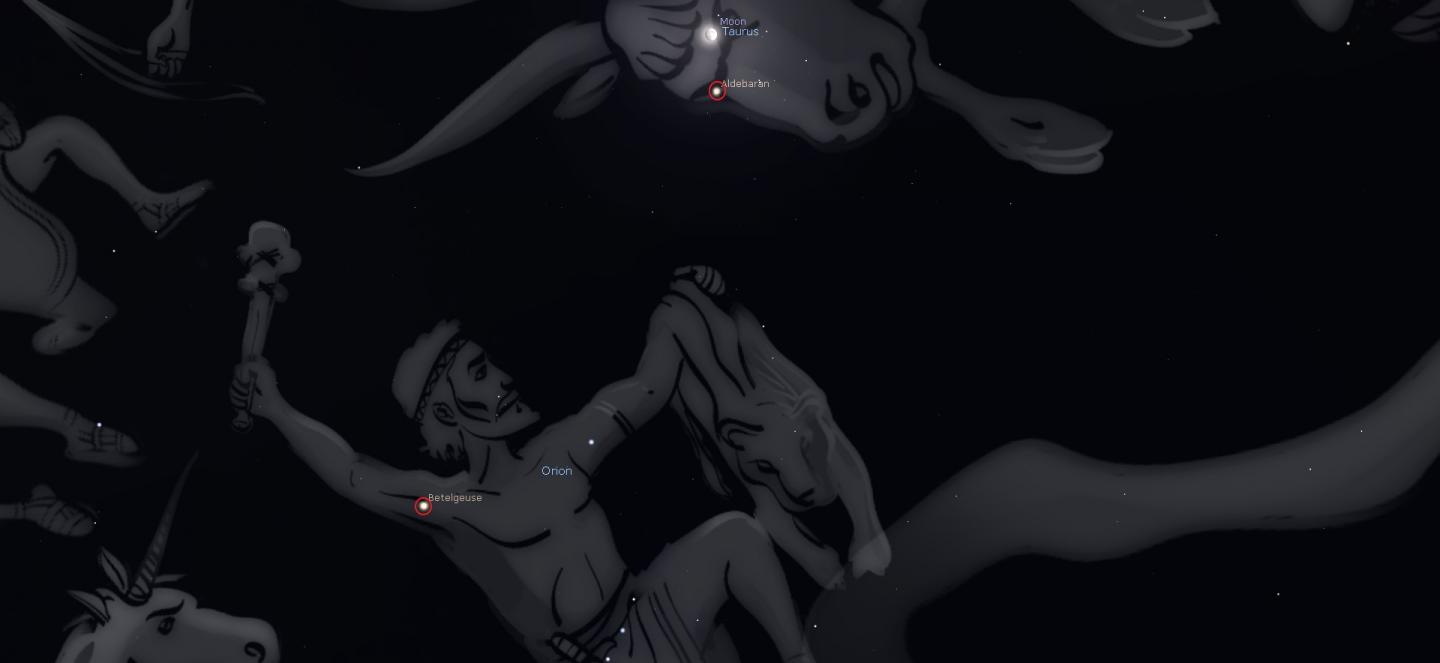
On 7 January the waxing gibbous moon will be placed by Aldebaran, making the above constellations and the bright stars within them easier to find. Aldebaran, a red giant star, is the future fate of our Sun, which will bloat up, expand, cool and turn redder – but not for about another 4.5 billion years. If Aldebaran were the star in our solar system, its surface would extend out to the orbit of Mercury.
Betelgeuse in the constellation of Orion meanwhile is a red super giant star; if that were the star in our solar system, its surface would extend out past the orbit of Mars and into the asteroid belt!
10 January: penumbral lunar eclipse
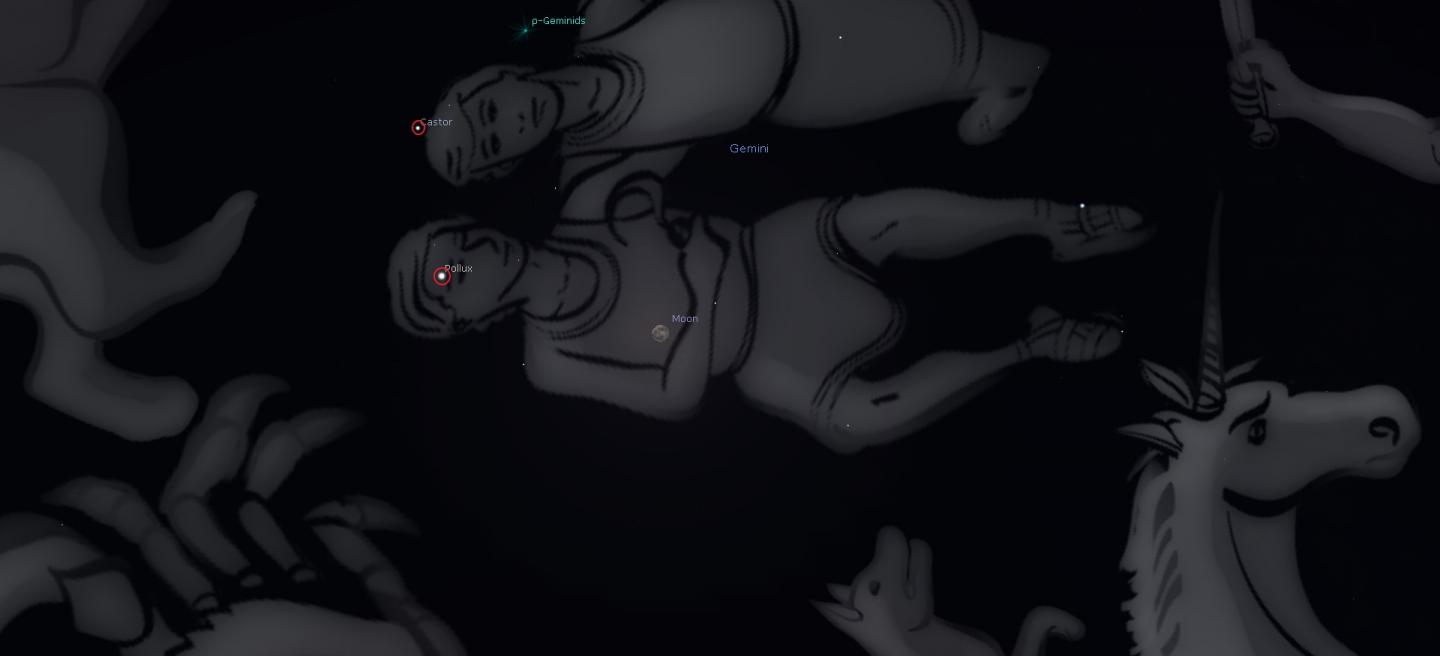
The full moon occurs on 10 January. Keen observers may notice that the Moon appears a bit fainter as it will also be a penumbral lunar eclipse. This is when the Moon passes behind the Earth (into its shadow) but only through the Earth’s penumbra, so it is only partly shadowed by it.
The penumbral lunar eclipse will begin shortly after 5pm following the Moon’s rising in the eastern part of the sky and will reach its maximum at 7:10pm. The Moon will be in the constellation of Gemini near its two bright stars Castor and Pollux. The event will draw to a close by 9:15pm so can be caught in its entirety from the UK. However, noticing any difference during a penumbral lunar eclipse can be difficult.
Eclipses usually come in pairs – a solar eclipse usually occurs two weeks before or after a lunar eclipse. This lunar eclipse was the second in this pair – there was an annular solar eclipse on Boxing Day just gone. However, it wasn’t visible from the UK.
20 January: Mars, Antares and the Moon
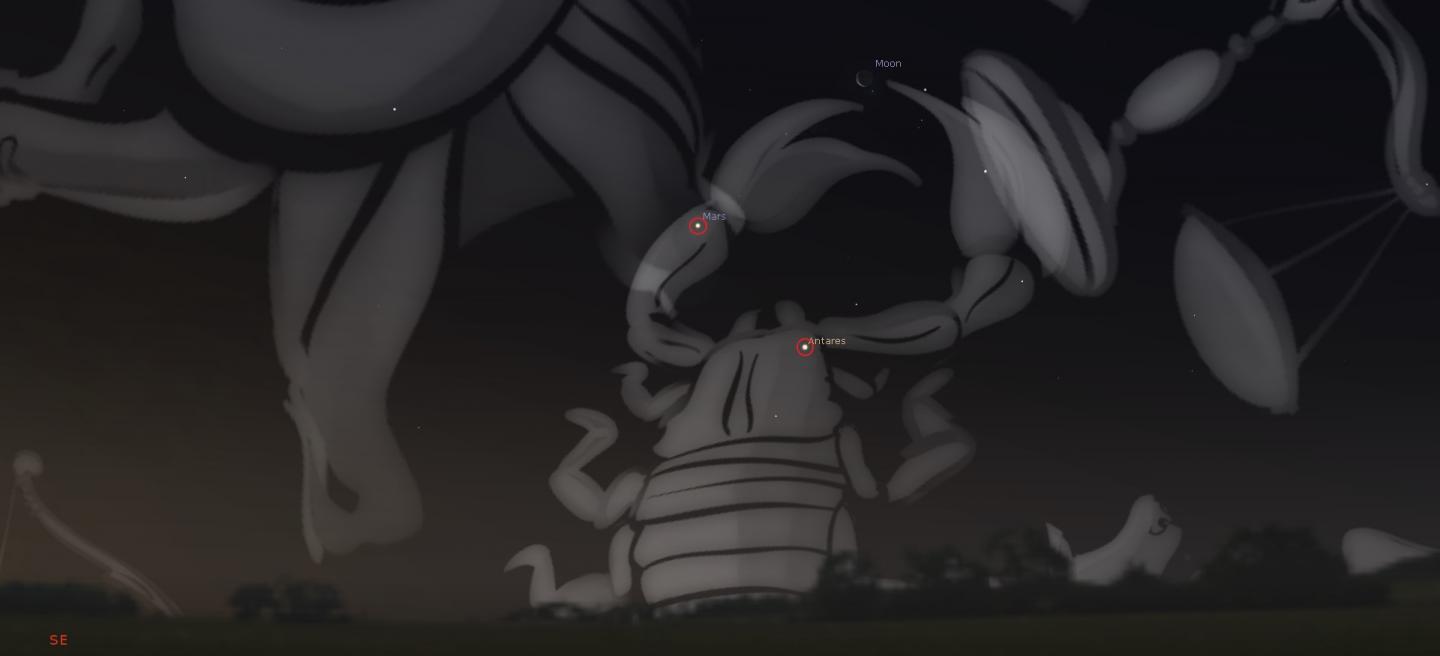
Mars is one of the naked eye planets to look for appearing in the south east before the sun rises, but due to its distance from the Earth at this point in its orbit, it appears quite small and will be much better placed for viewing when it reaches opposition later this year.
Nevertheless, it’s still worth spotting and it appears beside the bright red star Antares in the constellation of Scorpius. Due to both Mars and Antares appearing a reddish colour, they can sometimes be confused with one another. Antares translates as 'anti-Mars', meaning the rival or equivalent of Mars, for this very reason. Antares will appear closer to the horizon than Mars but on the morning of 20 January, the thin waning crescent moon will join the pair in the predawn sky.
27 January: Venus and Neptune
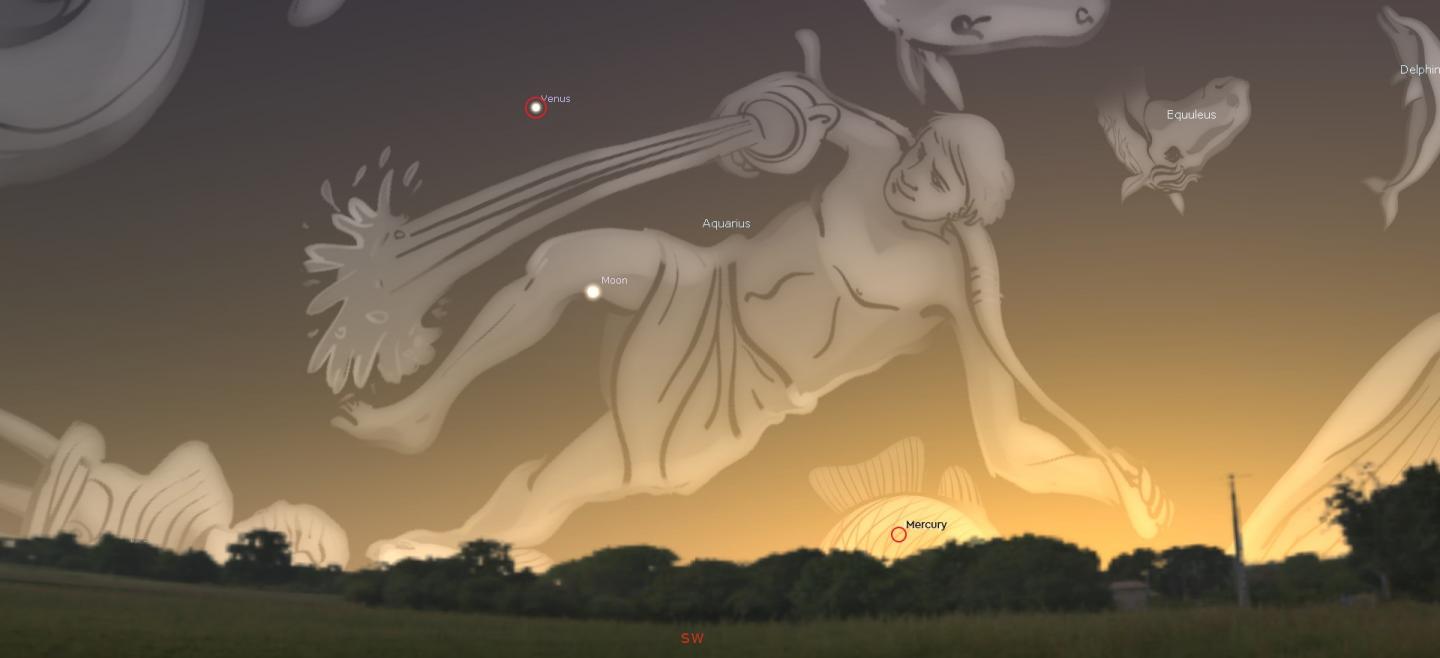
Venus is another brilliant planet to spot throughout the month. Wait until the Sun sets and look towards the south west. Being the brightest planet (and brighter than many other stars) it will no doubt be the first star-like point you see and as such is sometimes known as the evening star.
Towards the end of the month, Venus will be even better placed, setting almost four hours after the sun, giving you plenty of time to spot it. By then, Mercury will be getting close to its greatest eastern elongation, making it easier to view too. If you wait until 27 January, the brightest and dimmest planets will appear together in the sky – Venus and Neptune. Even through a pair of good binoculars, Neptune won’t appear as more than a small, pale blue dot, but the duo may be visible together in the early evening of the 27th after the skies darken.
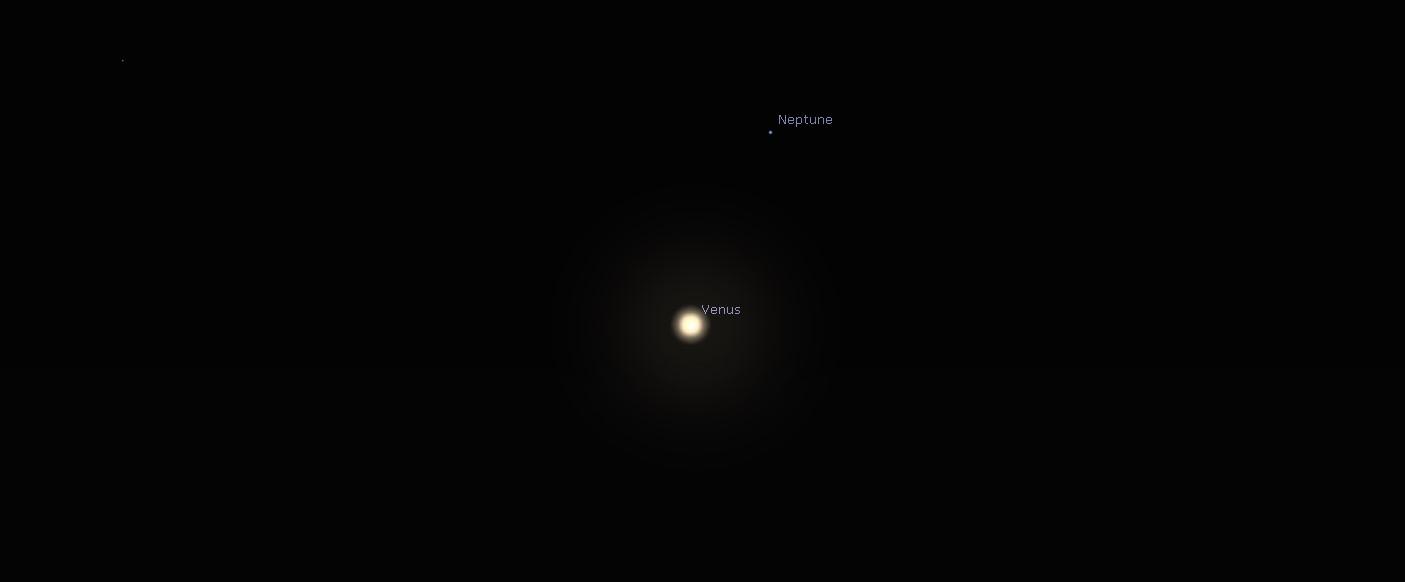
The Moon's phases this month
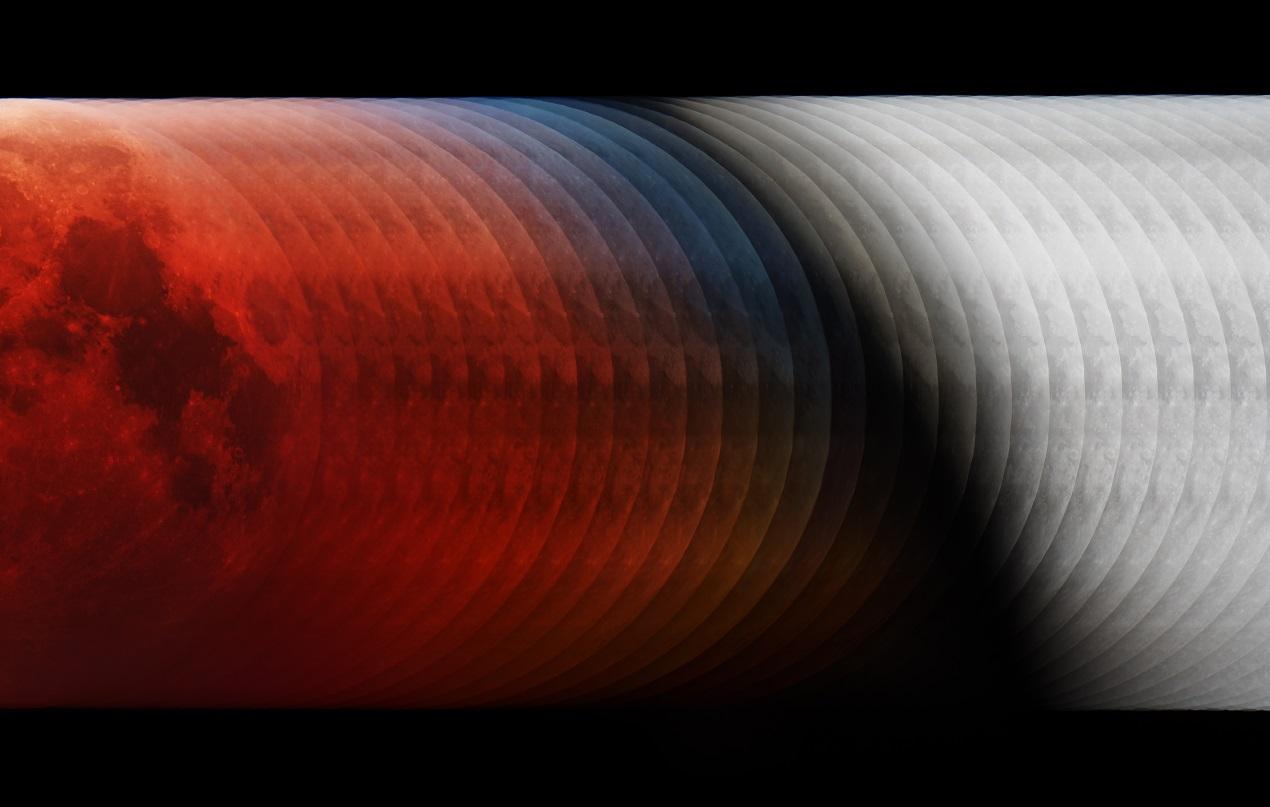
- 3 January - first quarter moon (4:45am)
- 10 January - full moon (7:21pm)
- 17 January - last quarter moon (12:58pm)
- 24 January - new moon (9:42pm)
Stargazing Tips
When looking at faint objects such as stars, nebulae, the Milky Way and other galaxies it is important to allow your eyes to adapt to the dark – so that you can achieve better night vision.
Allow 15 minutes for your eyes to become sensitive in the dark and remember not to look at your mobile phone or any other bright device when stargazing.
If you’re using a star app on your phone then switch on the red night vision mode.
Need a stargazing telescope or binoculars? Check out our range of high quality observing equipment recommended by Royal Observatory Greenwich astronomers.
See our range of observing equipment
Share your astronomy pictures
Congratulations to Mustafa Aydin for his stunning image of the night sky. He shared his image on our astrophotography Facebook page and we chose it for January's banner image.
If you want to be in with a chance to showcase your astrophotography skills on the banner of next month's blog, share your photos via our Royal Observatory Astrophotography Facebook group
You can also connect with us on Twitter: @ROGAstronomers
Marvellous Moons Exhibition
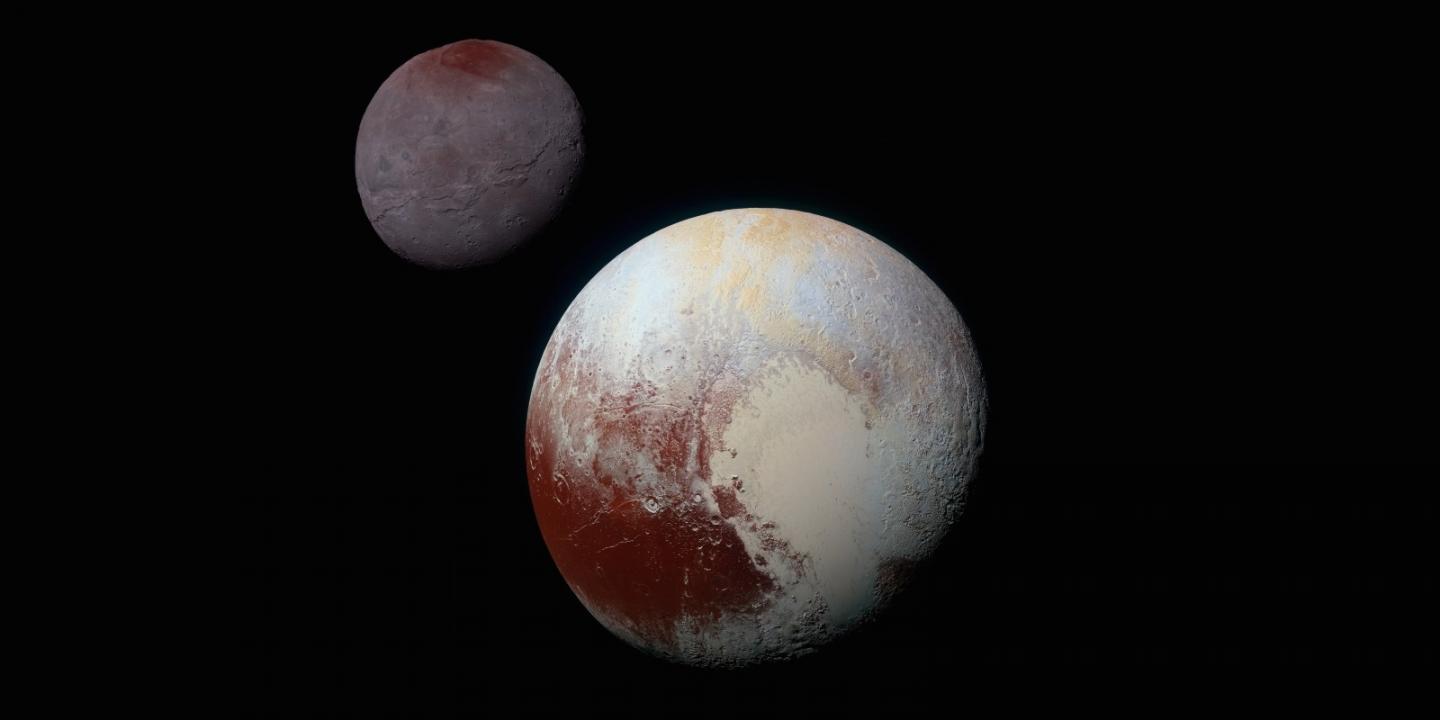
Come and see spectacular images of the weird and wonderful moons in our solar system and learn more about them in our free exhibition at the Royal Observatory Greenwich.
The exhibition is open daily until 20 March 2020.
And you can explore some of these moons a bit further by joining us for our Moons Beyond Counting planetarium show
See more of the night sky
Come on an amazing tour of this month's night sky in our Sky Tonight planetarium show delivered live by a Royal Observatory Greenwich astronomer.
See the Sky Tonight planetarium show
Central image: © Mustafa Aydin
Resources for teachers and students

The Royal Observatory Greenwich's learning team has also created
- Free animated videos that answer the biggest questions in astronomy and free resources to go alongside them.
- A whole host of podcasts featuring interviews with real space scientists, astronauts and active researchers working in UK universities.